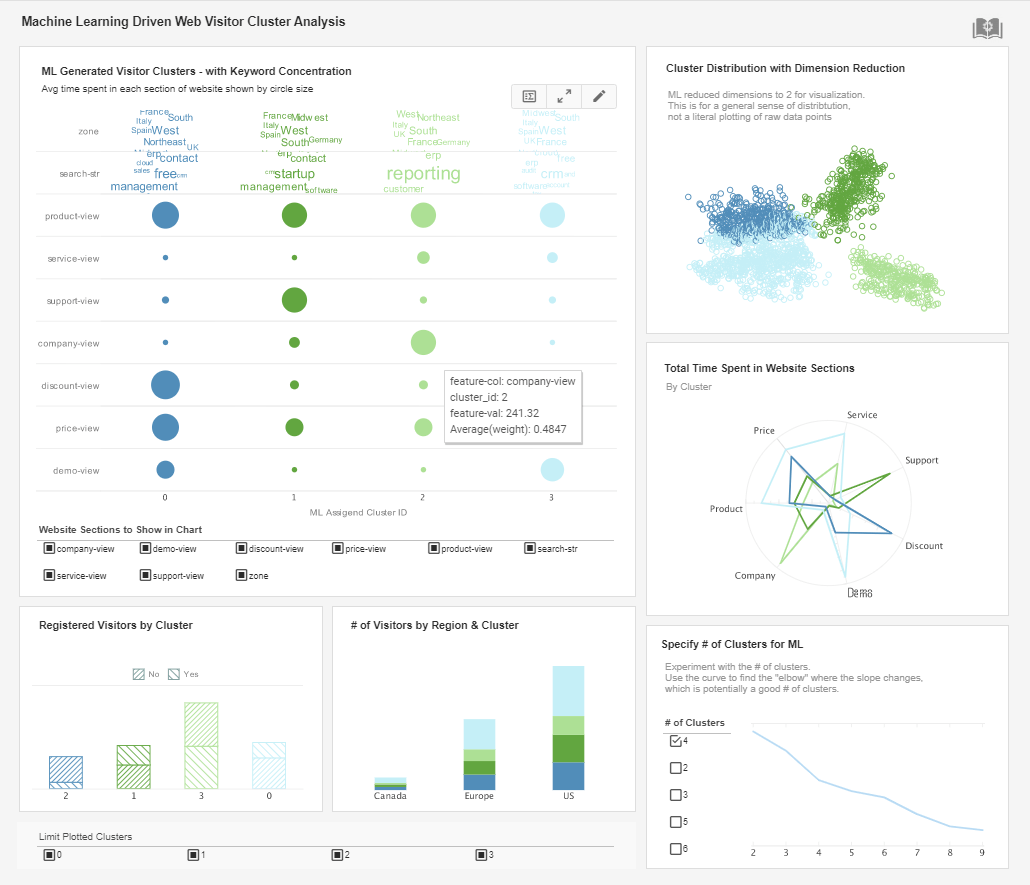What Is Graph Data Science?
The study of intricate interconnections and interactions between data pieces is the focus of the quickly expanding area known as "graph data science." To make sense of massive, interconnected datasets, it makes use of graph databases, graph algorithms, and machine learning techniques. This article will examine what Graph Data Science is, how it functions, and the many sectors in which it is used.
Definition of Graph Data Science
A branch of data science called data science focuses on the analysis of data presented as graphs. A graph is a type of mathematical structure made up of a set of nodes (also known as vertices) and a set of connecting edges. Each edge depicts a connection or relationship between two nodes.
Numerous types of data, such as social networks, transportation networks, biological networks, and others, can be represented using graphs. To glean insights from such data, graph algorithms and machine learning methods are used in graph data science.
| #1 Ranking: Read how InetSoft was rated #1 for user adoption in G2's user survey-based index | Read More |
Graph Databases
Graph databases are one of the core elements of Graph Data Science. A database management system that is tailored for storing and accessing graph data is known as a graph database. It is designed to deal with the intricate dependencies and connections that are present in graph data.
Graph databases store data as nodes and edges as opposed to conventional relational databases, which store data in tables with rows and columns. This makes it possible to query and retrieve data considerably more quickly, particularly when working with complicated connections.
Graph Algorithms
A collection of mathematical operations that work with graphs are known as graph algorithms. The shortest pathways, clustering coefficients, and centrality measurements may all be extracted from graphs using these techniques.
Some common graph algorithms include:
Breadth-First Search (BFS)
Using a specified node as the beginning point, this method traverses a network in breadth-first order. In an unweighted graph, it can be used to determine the shortest path between any two nodes.
Depth-First Search (DFS)
Starting from a specified node, this algorithm traverses a graph in depth-first order. It can be used to explore all connected graph elements and find cycles in a graph.
Dijkstra's Algorithm
In a weighted graph, this algorithm is used to determine the shortest path between any two nodes. Based on a greedy strategy, it chooses the subsequent node that is closest to the source node.
PageRank Algorithm
The significance of nodes in a graph can be determined using this algorithm. Its foundation is the notion that a node is significant if it is linked to other significant nodes.
 |
Learn how InetSoft's data intelligence technology is central to delivering efficient business intelligence. |
Machine Learning Techniques
Graph Data Science uses a variety of machine learning methods in addition to graph algorithms to analyze graph data. In Graph Data Science, the following typical machine learning methods are applied:
Graph Neural Networks
These neural networks work with graph-based data. They may be used to create graphs and perform tasks including node classification, connection prediction, and node classification.
DeepWalk
This procedure creates node embeddings, which are low-dimensional node representations that capture their structural characteristics. Node embeddings are characteristics that may be used to later machine learning tasks.
Community Detection
This method for locating node communities or clusters in a graph. It may be used to comprehend a network's structure and spot clusters of nodes that are more closely linked to one another than to other nodes in the graph.
 |
Read the top 10 reasons for selecting InetSoft as your BI partner. |
Applications of Graph Data Science
There are several uses for graph data science across numerous sectors, including:
Social Media Sites
Facebook, Twitter, and LinkedIn are just a few examples of social networks that may be studied using Graph Data Science. It may be used to determine communities, recognize prominent users, and forecast user behavior.
Networks of Transportation
The analysis of transportation networks including highways, airports, and railroads may be done using graph data science. It may be used to determine important infrastructure, forecast traffic patterns, and improve routes.
Cybersecurity
Cybersecurity networks may be examined using Graph Data Science to spot abnormalities and spot possible attacks. It may be used to find attack trends and spot malicious activities.
Life Sciences
Biological networks such protein-protein interactions, gene regulatory networks, and metabolic pathways may be examined using Graph Data Science. It may be used to comprehend disease processes and find possible therapeutic targets.
Finance
Financial networks like stock markets and transaction networks may be studied using graph data science. It may be used to spot fraud as well as spot patterns and trends in markets.
 |
Learn about the top 10 features of embedded business intelligence. |
The difficulties of graph data science
Given that Graph Data Science is a young area, there are a number of issues that need to be resolved. Scalability is one of the key difficulties. Analyzing vast, linked datasets for graph data science may be computationally taxing. The amount of computing resources needed grows along with the dataset size.
Data quality is another difficulty. The accuracy of the analysis might be impacted by the noisy and partial nature of graph data. Techniques for cleaning and preparing data are necessary to guarantee the data's good quality.
And last, Graph Data Science requires subject knowledge. Designing suitable graph models, choosing pertinent features, and interpreting the analysis findings all depend on an understanding of the underlying domain.

